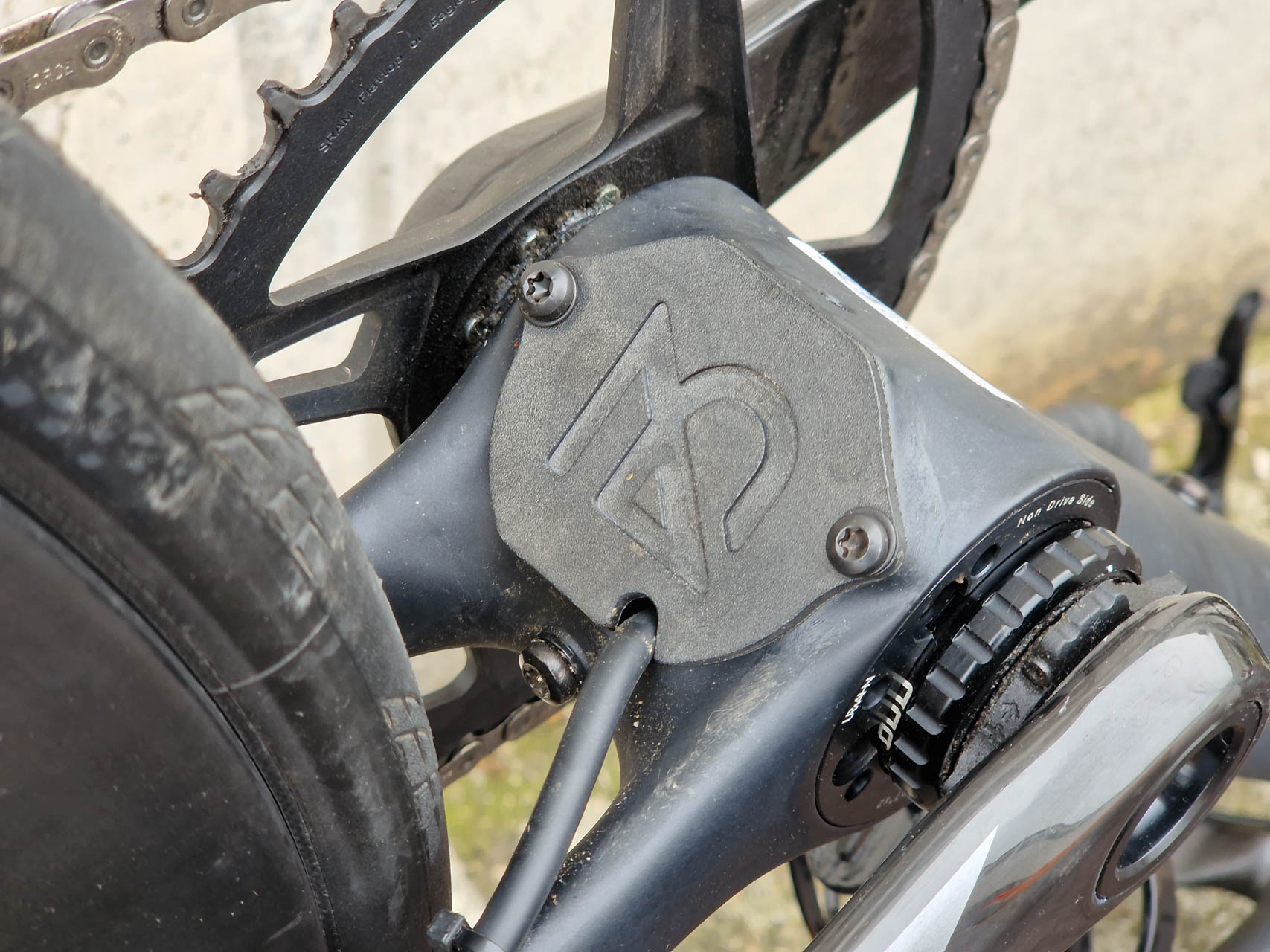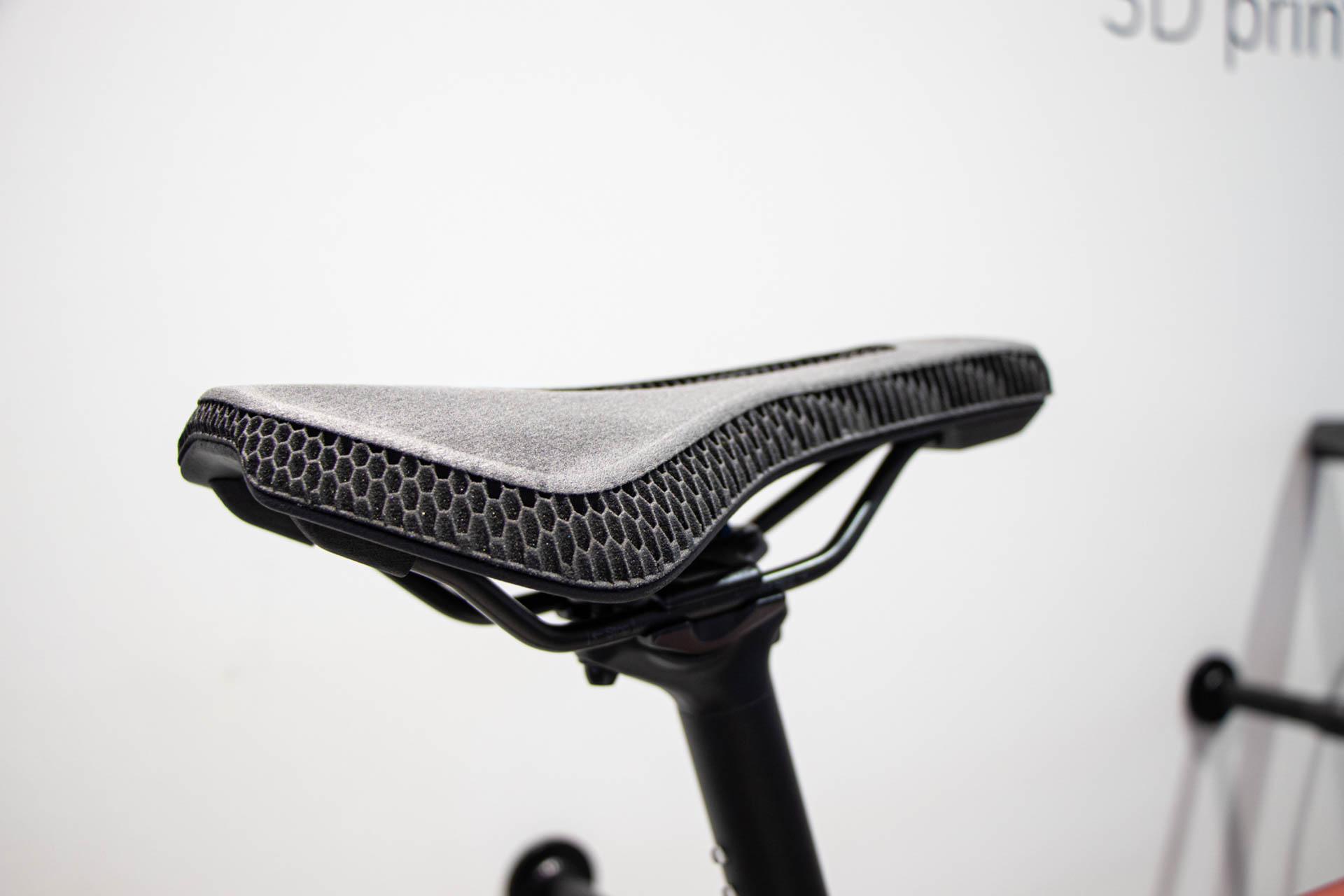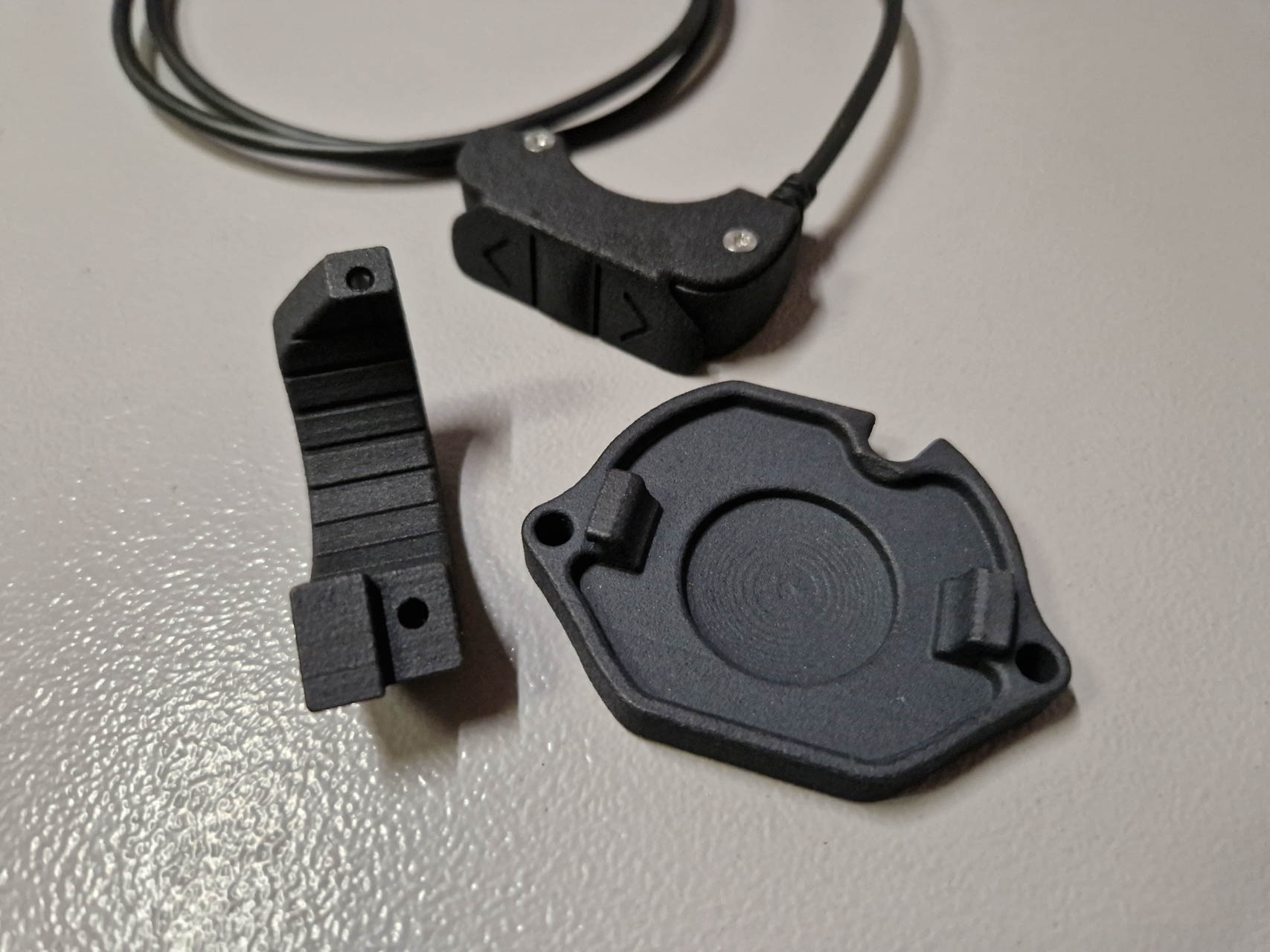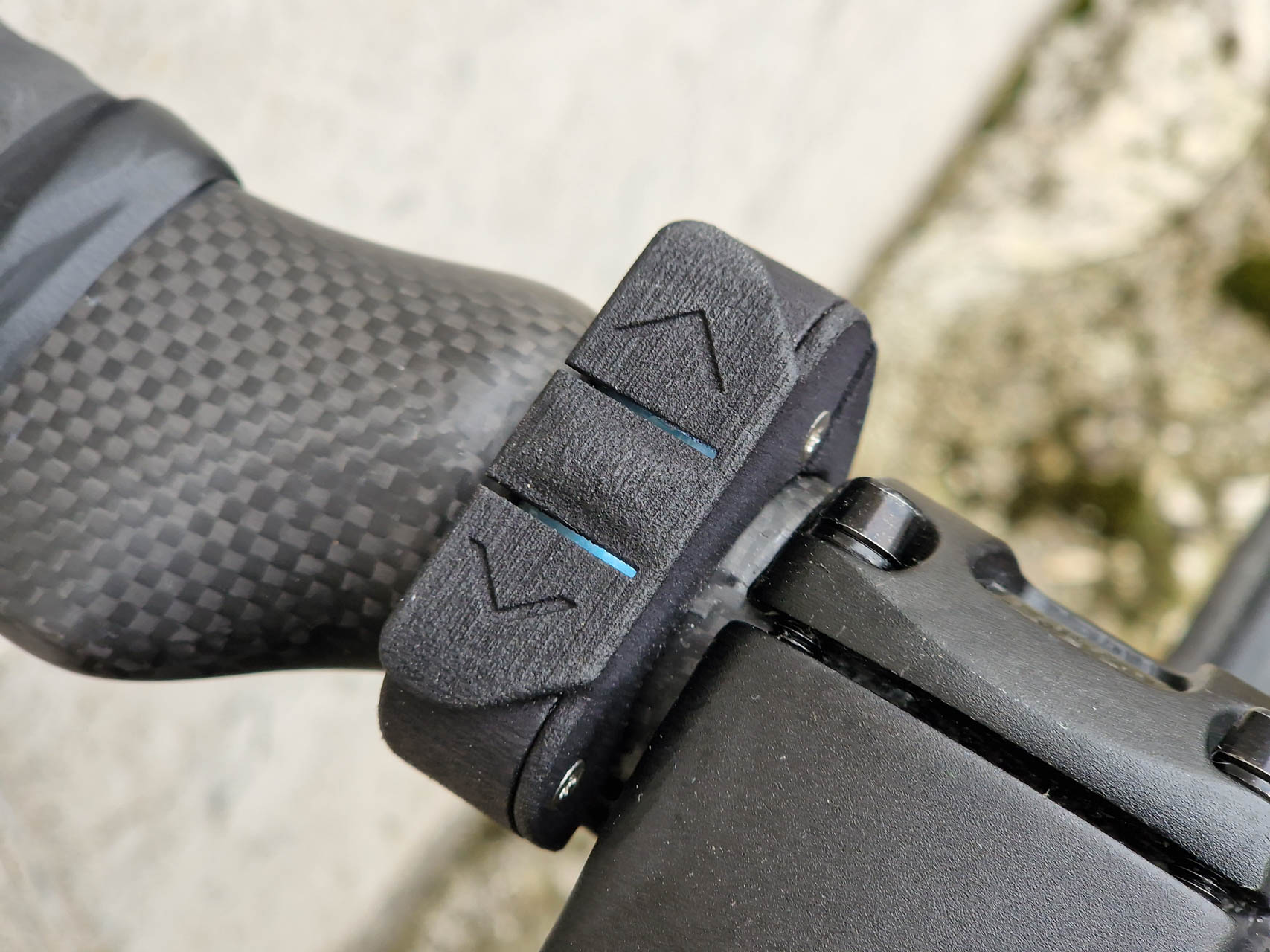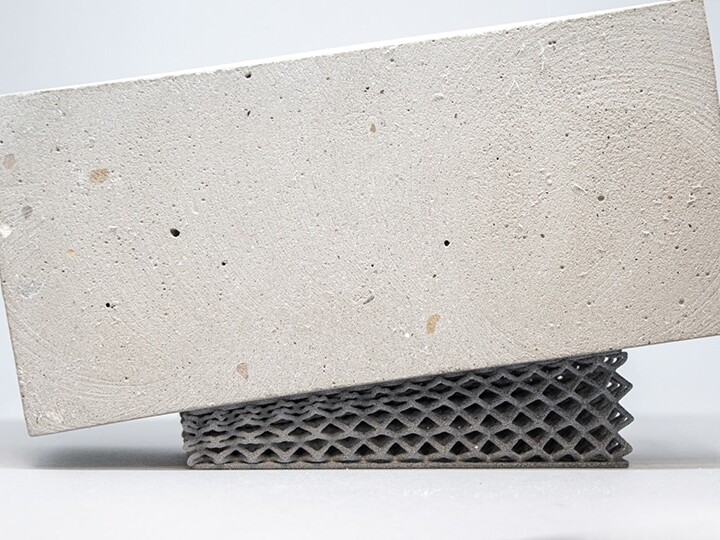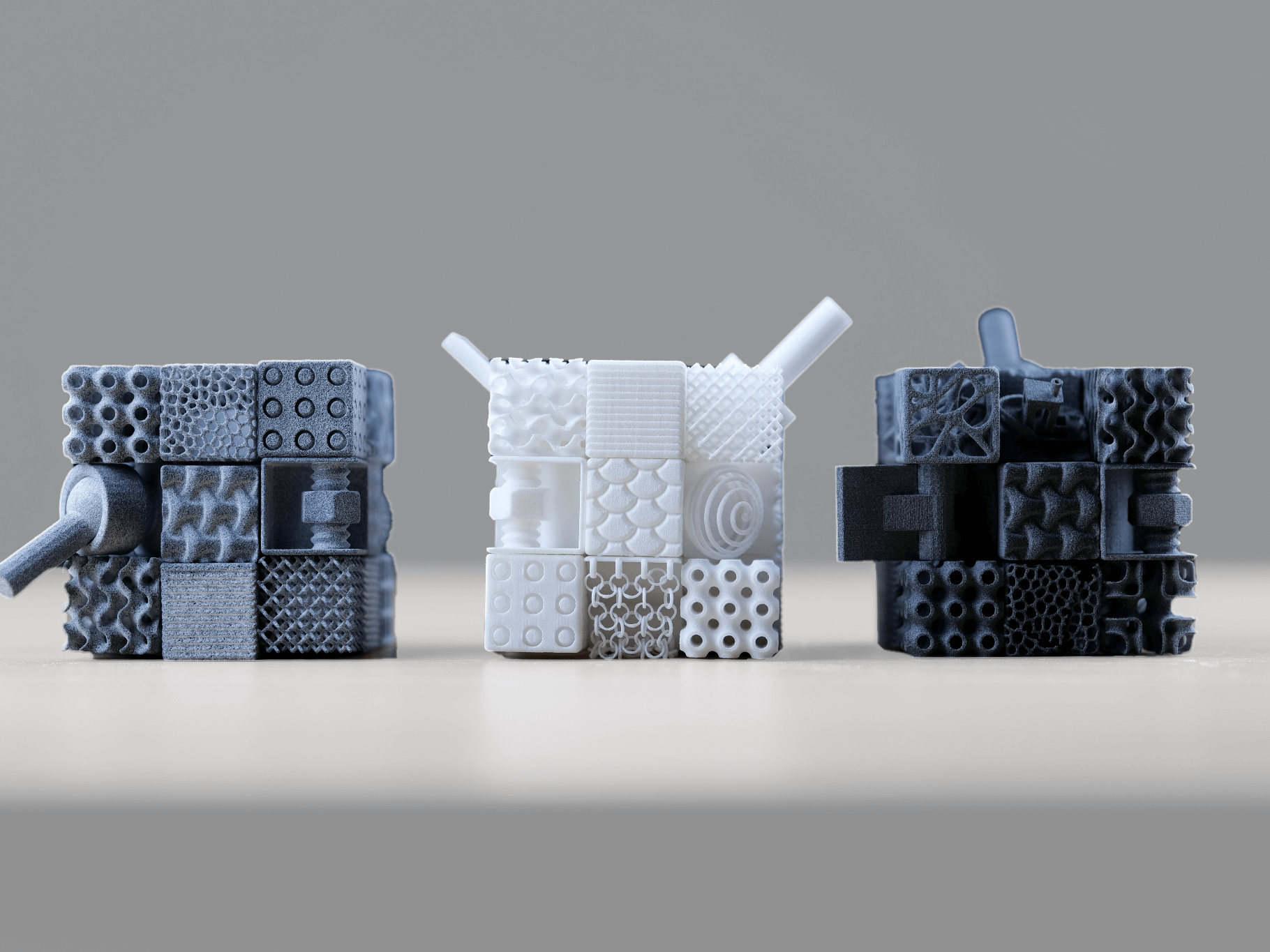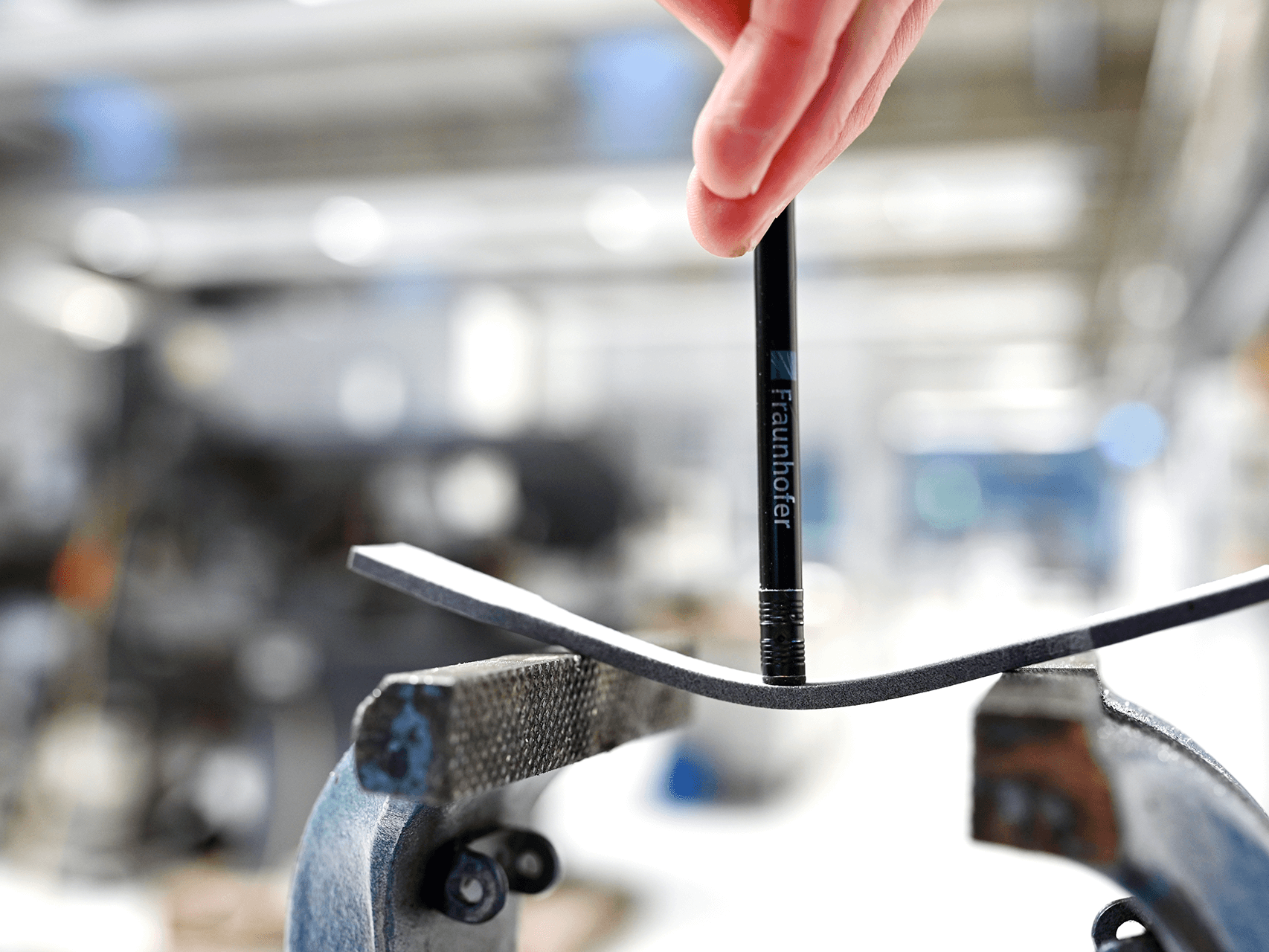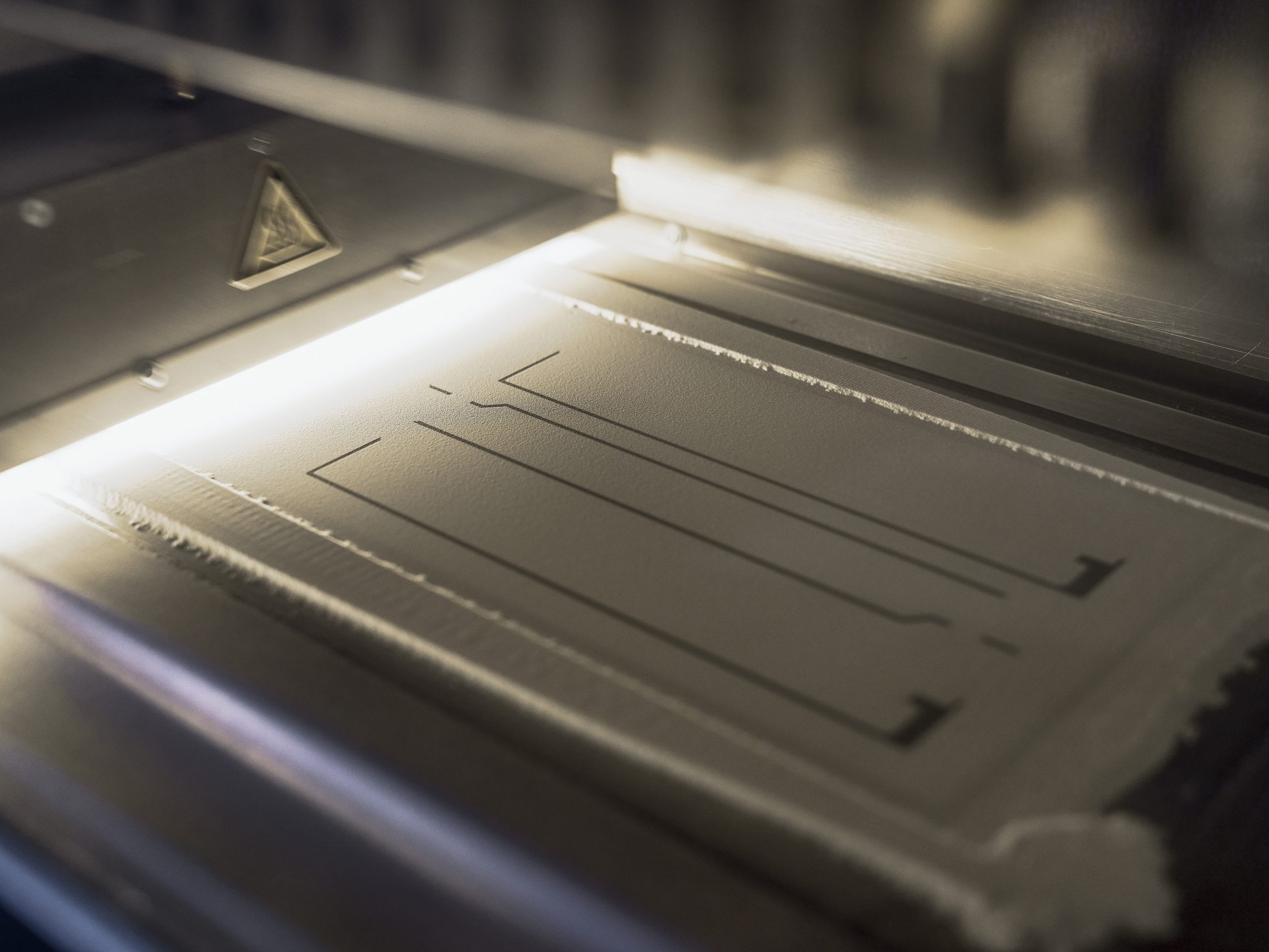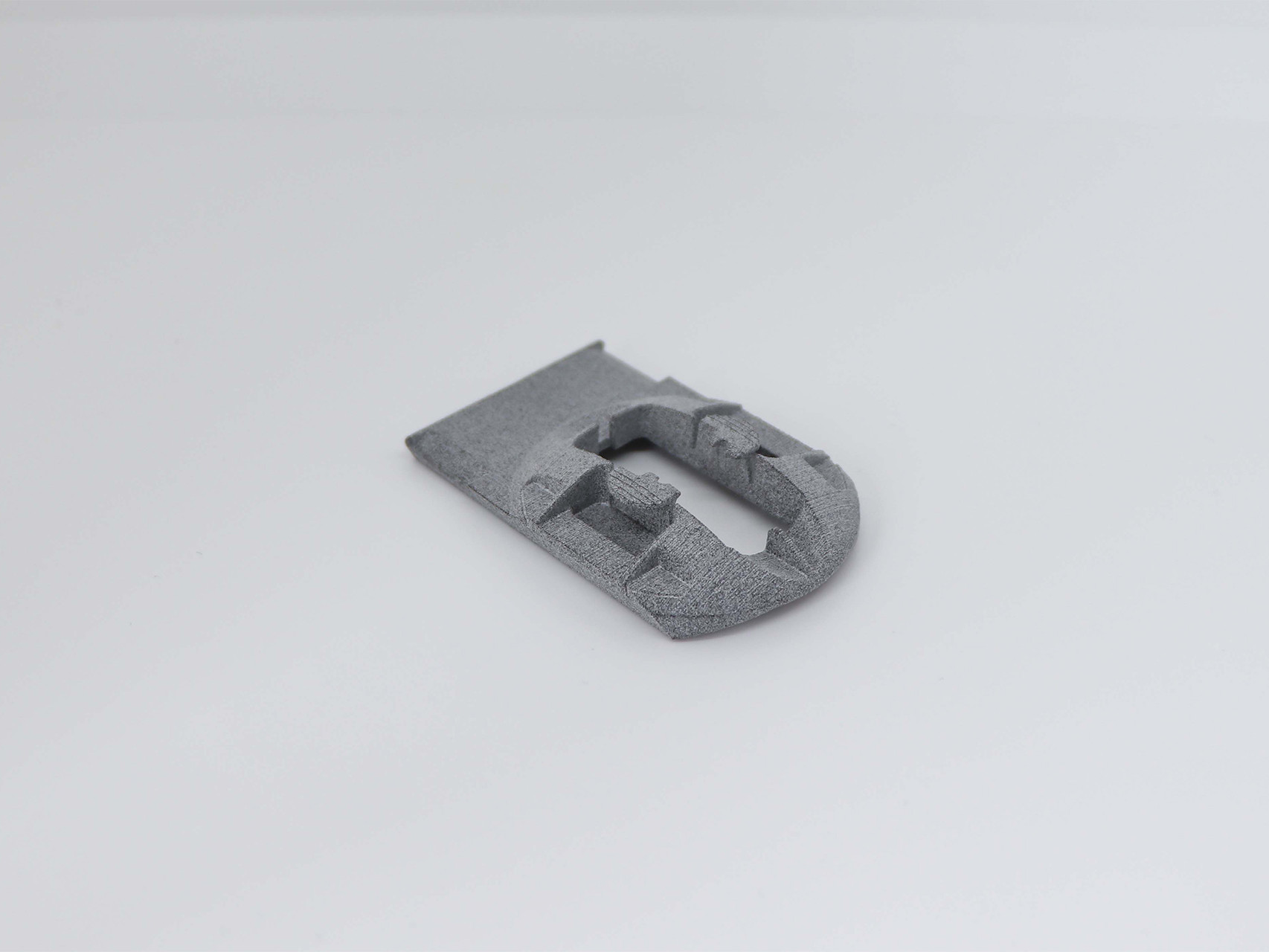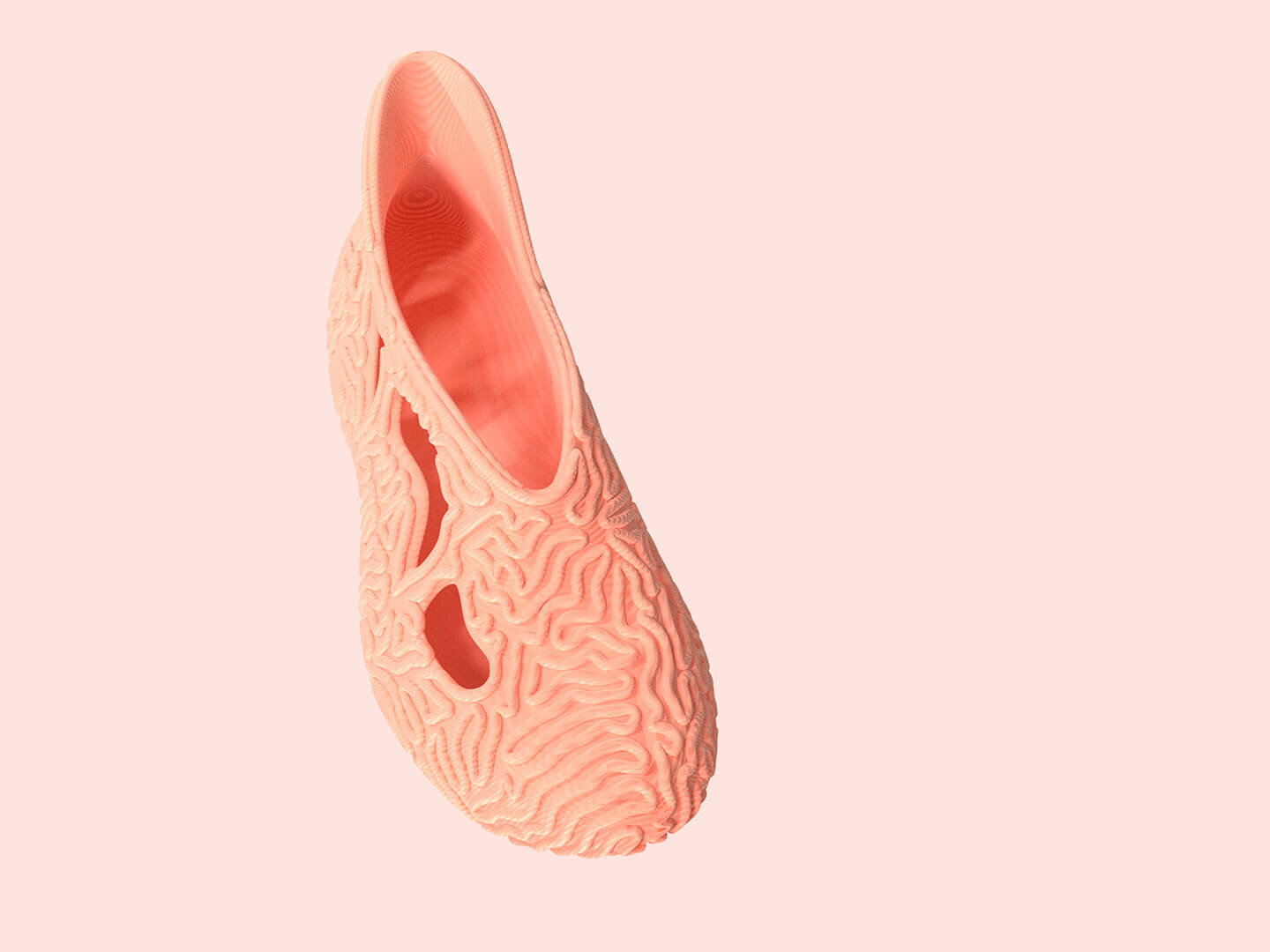- Home
- Case Studies
- Consumer Goods
- URWAHN – 3D printing in bike manufacturing
Fits this frame perfectly - 3D printing in bike manufacturing
What do a fox, weasel, and falcon all share? They are all partially made through 3D printing. At least at URWAHN, a bike manufacturer in Magdeburg, Germany, whose e-bikes have names like Stadtfuchs (“City Fox”), Waldwiesel (“Forest Weasel”), and Straßenfalke (“Road Falcon”).
To produce its e-bikes, URWAHN has focused on reshoring and lean management and is achieving these goals through additive manufacturing – a groundbreaking accomplishment in the bike industry. It’s all about on-demand production with top-notch precision and quality. So, how exactly does it work?
Unique design from the 20th century, with a touch of the 21st
“Design, functionality, sustainability and technology. These were the four pillars on which we wanted to build URWAHN,” explains Sebastian Meinecke, co-CEO and founder of URWAHN, “3D printing was the only technology that allowed us to build a roof on all four pillars,”
Meinecke studied sports engineering at Otto von Guericke University in Magdeburg. He became passionate about two-wheeled mobility during his studies and especially during his practice-oriented bachelor thesis. During this time, he also gained his first experience with 3D printing in the FabLab at his university. After graduation, he launched his first own workshop. He built and restored bicycles from scratch in a one-man show, handcrafted in a purist style with clear shapes and geometries. URWAHN started its pre-foundation phase in 2015 before officially establishing in 2017. Ramon Thomas came onboard as a co-founder during this time. The company has always been focused on people and their experience during cycling. The e-bikes from Magdeburg have a user-friendly design, combining purist style elements with powerful functionality and performance along a clear and sustainable production strategy. The inspiration for the e-bike’s now iconic frame was a concept that originated in the 1980s and 1990s but failed to catch on.
“The idea at the time was to eliminate the seat tube and seat stays and optimize power transmission through a joint near the head tube. The aim was to provide comfortable riding without compromising performance. However, the opposite was the case. In essence, the energy input was absorbed instead of being converted into propulsive power,” says Meinecke, “the idea was promising at the time, but it needed the right fine-tuning. We took it a step further and developed our own topology-optimized version. That’s how we developed the URWAHN Softride frame.
Additive material and manufacturing options
The URWAHN Softride frame stands out with its unique seat tube merging seamlessly into the rear stays, unlike a traditional saddle-to-bottom bracket seat tube. This results in a flexible suspension for the rear wheel and a more supple chassis for a comfortable ride.
After finalizing the design, it became evident that the intricate and thin-walled structure could only be manufactured through 3D printing. The ideal technology for URWAHN’s streamlined management business plan. In these conditions, the choice of materials followed.
A high-quality e-bike optimized for widespread use originally proposed the use of fiber composites, which are lightweight and durable. However, their high cost and difficulty in recycling made them no option for the URWAHN business model. Fiber composites can be processed using fused filament fabrication (FFF) 3D printers.
The next material to be discussed was aluminum. which is an easily shapeable and versatile material that can be used in laser powder bed fusion (LPBF) or binder jetting 3D printing. However, its low elongation at break did not meet either safety criteria or the need for permanent elasticity for ride comfort.
The answer lies in the history of bike manufacturing. A material that offers comfort without sacrificing rigidity: steel. Thanks to the metallurgical LPBF process, steel is also very well suited for additive manufacturing.
At that time, 3D printing was not yet established for bike applications, and LPBF, as one of the best-known additive manufacturing technologies at the time, was extremely expensive. By chance, URWAHN discovered an alternative: 3D printing-supported investment casting. The cores for the frame parts required for investment casting were printed in PMMA on voxeljet 3D printers and cast in Inconel using the investment casting process. Ultimately, URWAHN chose to produce via metallurgical LPBF since a partner was discovered nearby in a tendering process, which facilitated the desire for shortened delivery routes. Moreover, this production technique enables 100% of materials to be recycled.
Lean Management made by 3D printing
Today, an URWAHN frame comprises seven individual 3D printed parts. The connecting tubes are also developed in-house and manufactured with production partners, then expertly welded, reworked, finished, and painted manually to create the fox, weasel, and falcon models. URWAHN procures most bicycle components from Germany and emphasizes precision in production.
This is where voxeljet’s HSS polymer printing technology comes into play. For small parts such as bottom bracket covers, shift plates, shift levers, etc., the Magdeburg-based company uses the HSS polymer sintering technology and will soon have installed more than 1,000 parts, some with wall thicknesses of just 1.25 mm. And the trend is rising. URWAHN’s lean management approach can be perfectly combined with voxeljet’s on-demand printing service. This means that parts can be ordered as required to keep production running smoothly and warehousing costs low.
Meinecke and Thomas aimed to shorten delivery routes and times and increase production flexibility by reshoring parts from industrialized European countries. Critical parts are stocked, but parts procurement and production commence only after e-bike orders are placed. True to our motto of on-demand and right on time, URWAHN commissions production and can therefore offer delivery times of 30 days from receipt of order, also thanks to 3D printing.
Sure, we could also opt for injection molding and it would likley reduce costs as well- But if we want to implement a design change, we are heavily burdened by toolmaking. The same applies to customization. If we need individualized parts, 3D printing is ideal. A 3D printer doesn’t care how many different parts it prints in one job. Tools and injection molding machines do.
Sebastian Meinecke, Co-CEO and -founderURWAHN
Manufacturing via 3D printing
HSS from voxeljet also offers a decisive advantage over other 3D printing technologies: economies of scale. By using industrial print heads – which in theory can be built to any size – the technology can also be scaled up to large format. The VX1000 HSS, for example, is one of the largest polymer printers on the market and the larger the output, the lower the costs per part. A significant competitive advantage, especially if you want to stimulate sustainable growth in the production of high-tech e-bikes.
Further AM potential in the bike industry?
However, it is also a fact that 3D printing is the highest cost item at URWAHN, next to personnel costs. This is mainly due to material prices and post-processing costs.
“If I may be completely honest: 4-5 years ago, the marketing departments of the manufacturers promised us something that hasn’t turned out to be true yet. If you want to scale up, i.e. produce larger quantities, 3D printing is not cost-competitive compared to conventional production methods. However, we are not considering switching. The freedom of design, on-demand production and functional optimization cannot be offered to us by the “conventional” methods. We want to remain an innovator and pioneer in this field,” says Meinecke. This is another reason why URWAHN is interested in scalable technologies such as binder jetting or high-speed sintering.
The topic of materials is also keeping the innovation mills turning. The 3D printing of TPU in combination with customization is particularly attractive. URWAHN already has a configurator on its website, but this could be expanded. In addition to a standardized ergonomic model, URWAHN customers could in the future choose a highly individualized model. The most important problem areas are the butt to saddle and hand to handle interfaces. Using scanning technology, the sit bones and palms could be scanned and sent directly to the parts manufacturer, such as voxeljet, via an API interface. The parts, adapted accordingly and perfectly tailored to any kind of individual comfort or performance requirement, are then printed in the desired material and delivered to the user. On demand and on time.
Conclusion
In addition to private customers, URWAHN’s customer base now includes global and DAX companies. Compared to other large bike manufacturers, URWAHN is far ahead in terms of innovation, flexibility and vision. Thanks to additive manufacturing, Meinecke and Thomas have managed to reinvent not only the bike, but also the way it is made. Global challenges have shown how fragile supply chains and dependencies can be, and how important it is to develop sustainable solutions and production methods. Lean management, as implemented by URWAHN, proves that the right solutions exist today. They just need to be applied. It’s not just about new technologies, it’s about the commitment and courage to apply these solutions and translate them into a clear, value-driven business model. URWAHN’s team of 20 is leading the way. They turn buzzwords like digital warehousing, topology optimization and reshoring into a business and literally bring creative ideas, efficient design and disruptive technologies to the streets.
More Case Studies
3d printed joysticks for tractors and machines
For Lindner Traktorenwerke, 3D printing is already an alternative to injection molding. For example, for customized joysticks and control elements for their tractors.
HSS Material Network – Proof of Concept TPU Launhardt
The HSS Material Network has published a new proof of concept. The TPU from the manufacturer Launhardt is one of the softest on the market.
Industrial Polymer 3D Printing Review: An extensive comparison of voxeljet HSS, HP MJF, and SLS
Whats the difference between HSS, MJF and SLS polymer 3D printing? Get to know the three main AM technologies for polymers in this extensive comparison.
HSS Material Network – Proof of Concept HDPE
Together with Fraunhofer IPA we have qualified the polymer HDPE for additive manufacturing within our HSS Material Network.
HP Multi Jet Fusion and voxeljet High Speed Sintering in comparison
The 3D printing processes MJF and HSS in comparison: Where are the differences and advantages for users?
Polymer sintering in custom mechanical engineering
With High Speed Polymer Sintering, prototypes can be realized much faster and economically viable.
3D printing for the perfect sneaker
How polymer high speed sintering (HSS) can be used to develop the perfect 3D printed shoe.
Industrial 3D printers
Our portfolio of industrial 3D printers ranges from compact systems for research to additive series production.



















